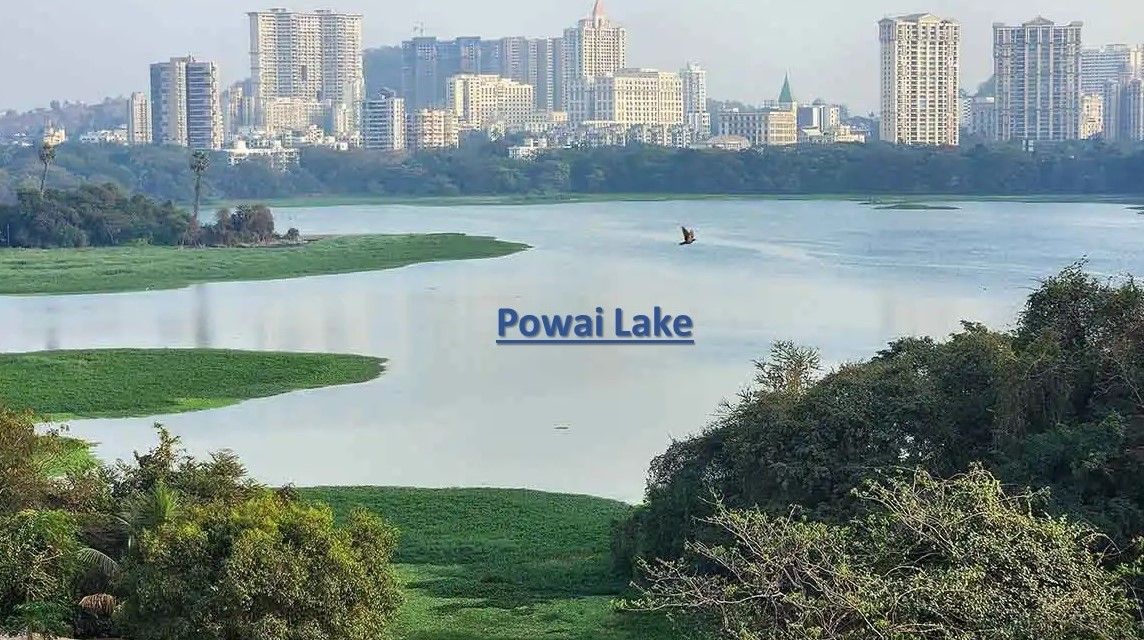
Powai Lake, nestled in the heart of Mumbai, Maharashtra, is a captivating blend of natural beauty and historical significance. Its story, dating back to the late 19th century, reflects the evolving needs and environmental challenges faced by the burgeoning metropolis. Originally conceived as a solution to water scarcity, Powai Lake has transformed over the years, becoming a vital ecological site, a popular tourist destination, and a testament to ongoing conservation efforts.
The genesis of Powai Lake lies in the British era. Prior to its construction in 1891, the estate encompassing the lake was leased to Dr. Scott in 1799. Following his death in 1816, the government assumed control in 1826, subsequently leasing it to Framaji Kavasji, a prominent figure in the Agricultural and Horticultural Society of Western India. The Lake construction involved damming a tributary of the Mithi River to address the water requirements of Powai village. The initial ambition extended beyond local needs, aiming to augment the water supply for the city of Bombay (now Mumbai). Two dams, each 10 meters high, were erected to capture rainwater flowing from the slopes of the Western Ghats and streams originating from the surrounding hills.
The construction of Powai Lake was strategically planned southeast of the larger Vihar Lake. This project was part of a broader strategy to combat water famine and provide a sustainable water source for Mumbai. Construction commenced in 1889 and was swiftly completed at a cost exceeding 650,000 rupees. The lake initially provided approximately two million gallons of water per day. However, the water quality soon became a major concern, leading to the abandonment of its primary purpose as a drinking water source.
The early 1890s marked a turning point for Powai Lake. The water quality was compromised by pollution, substantial silt deposits, untreated sewage, and the proliferation of water hyacinth and weeds. Consequently, the lake was leased to the Western India Fishing Association, a quasi-governmental organization. The association repurposed the lake for fish culture and angling, initiating a new chapter in its history. Despite a subsequent investment of 500,000 rupees in 1919 to restore the water supply for the suburbs, the development of the Tansa dam rendered this attempt futile.
In 1936, the Bombay Presidency Angling Association was established, later registered as the Maharashtra State Angling Association (MSAA) in 1955. Currently, the MSAA oversees the management of Powai Lake. Recognizing the severe environmental pollution plaguing the lake, the MSAA revised its constitution to actively engage in the care, cleaning, development, maintenance, and beautification of the Powai Lake environment. The MSAA's key responsibilities now encompass water quality analysis, supporting research with the Fisheries Department for the conservation of the endangered Indian Mahseer, removing water hyacinth infestations, and enhancing security measures.
Today, Powai Lake stands as a prominent tourist destination, attracting visitors with its scenic beauty and recreational opportunities. Its serene waters and lush green surroundings provide a welcome respite from the bustling city. The lake's rich biodiversity also makes it an important ecological site. While its primary function as a water source has been relinquished, Powai Lake continues to play a crucial role in the local ecosystem and serves as a valuable habitat for various species.
In conclusion, the history of Powai Lake is a multifaceted narrative that reflects the interplay of human ambition, environmental challenges, and conservation efforts. From its origins as a water supply project to its current status as an ecological haven and Tourist Attraction, Powai Lake embodies the dynamic relationship between Nature and Urban development. The ongoing efforts of the MSAA and other stakeholders are crucial to preserving the lake's ecological integrity and ensuring its continued enjoyment for future generations. Powai Lake serves as a reminder of the importance of sustainable practices and the need to balance human needs with environmental stewardship.